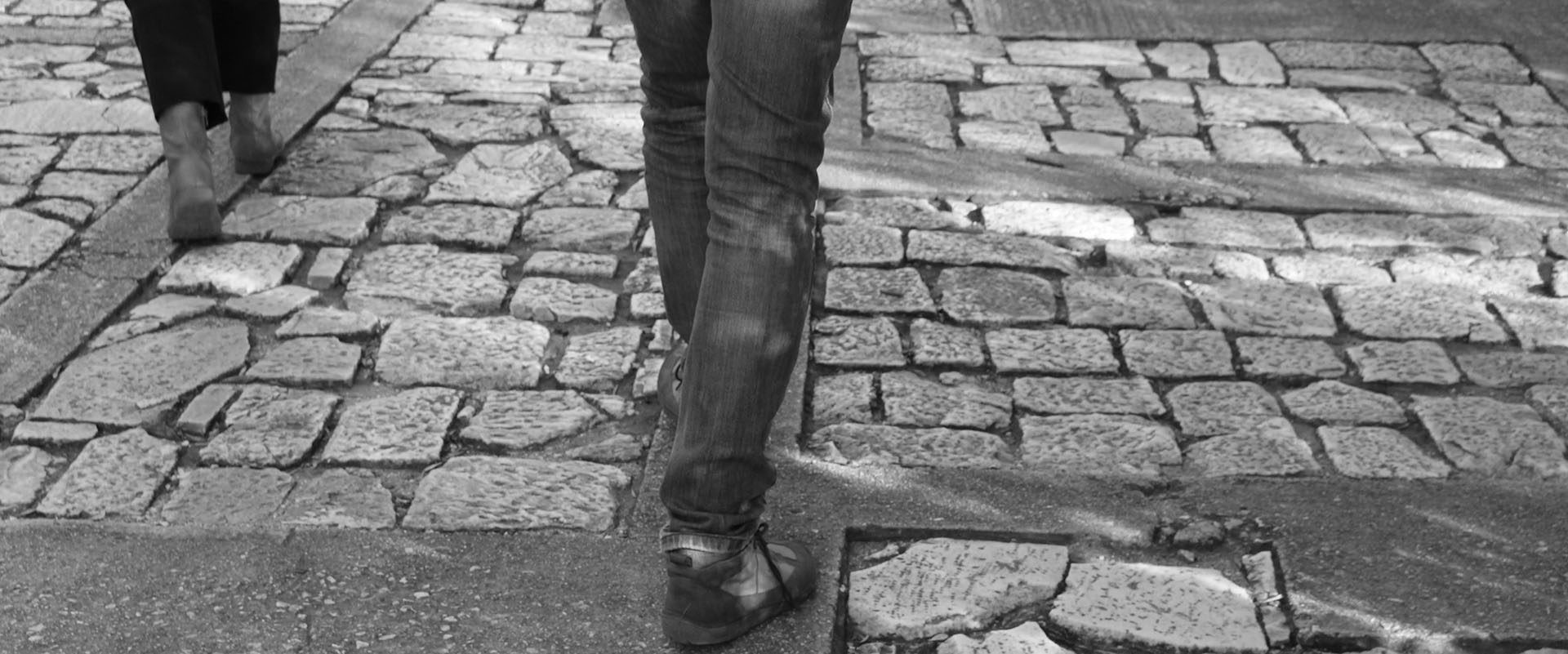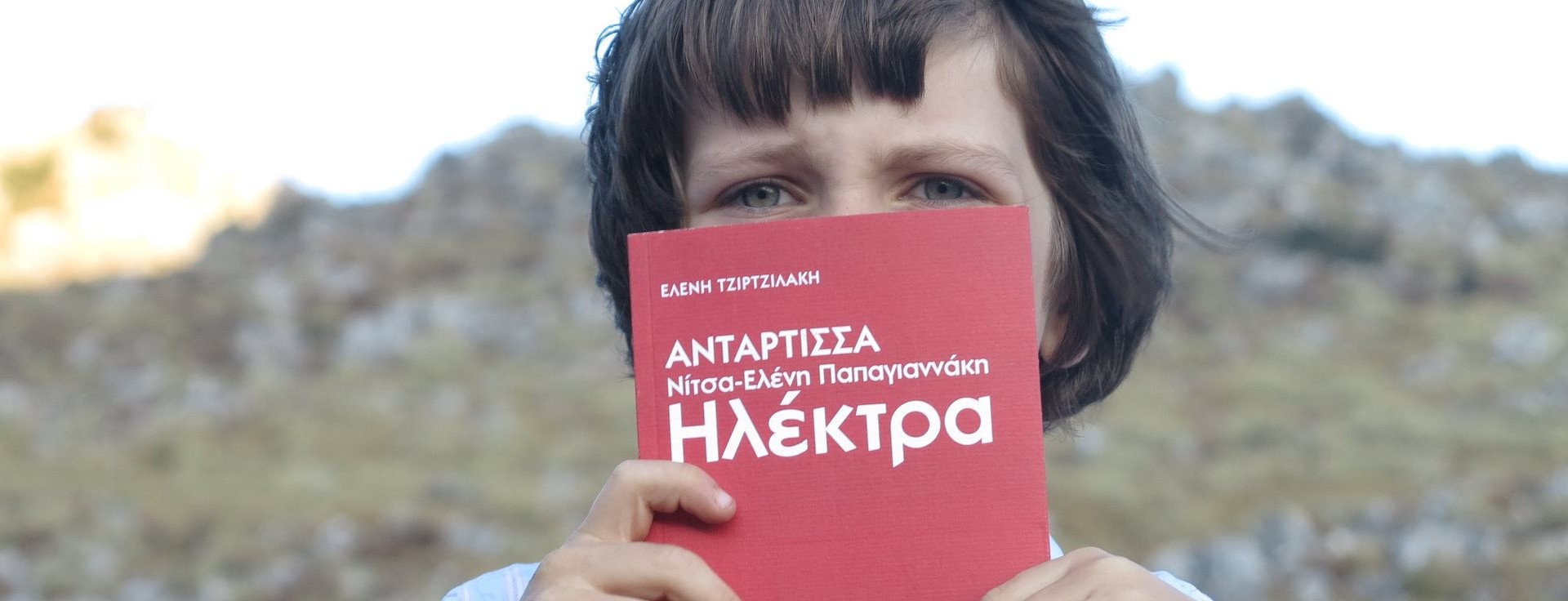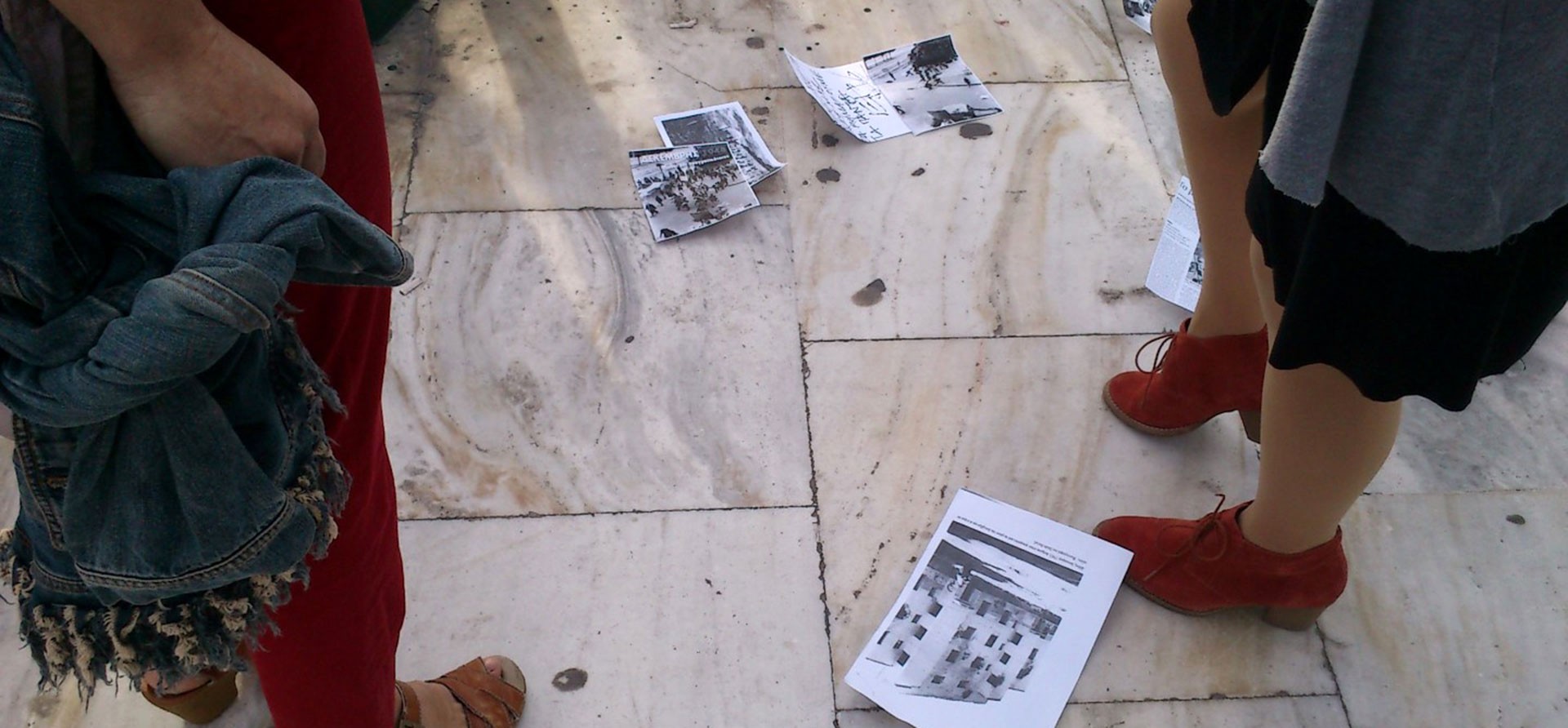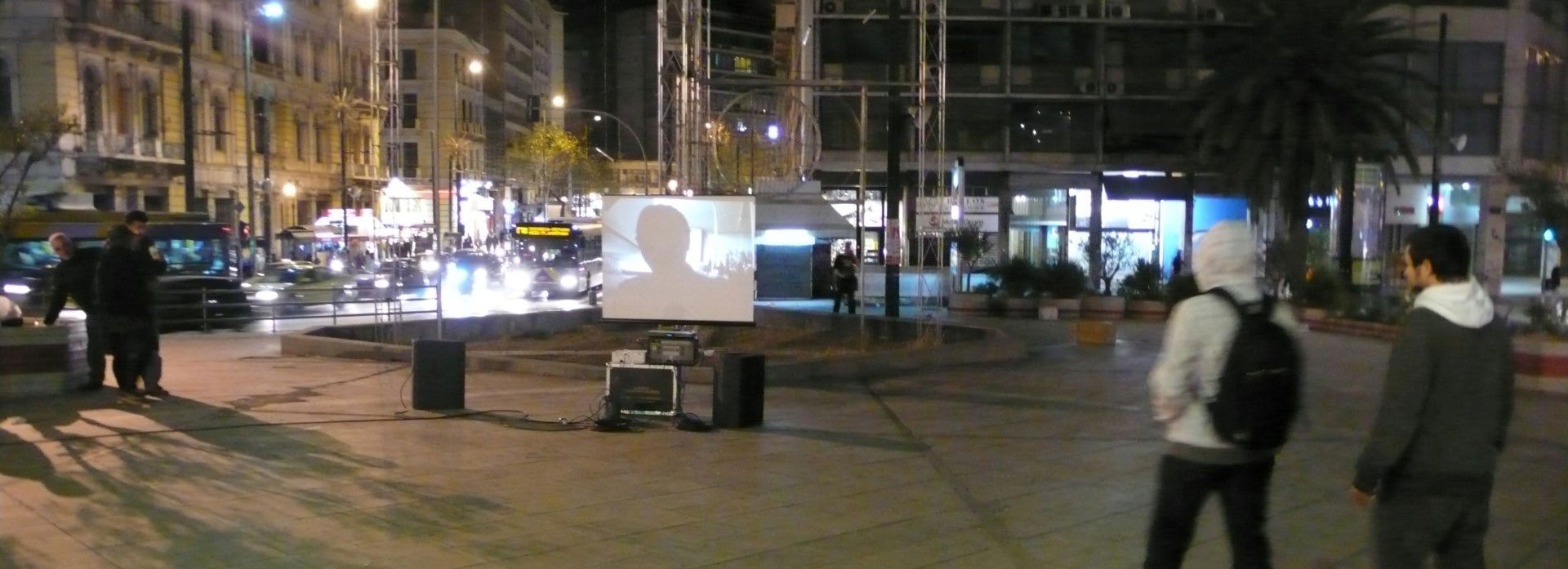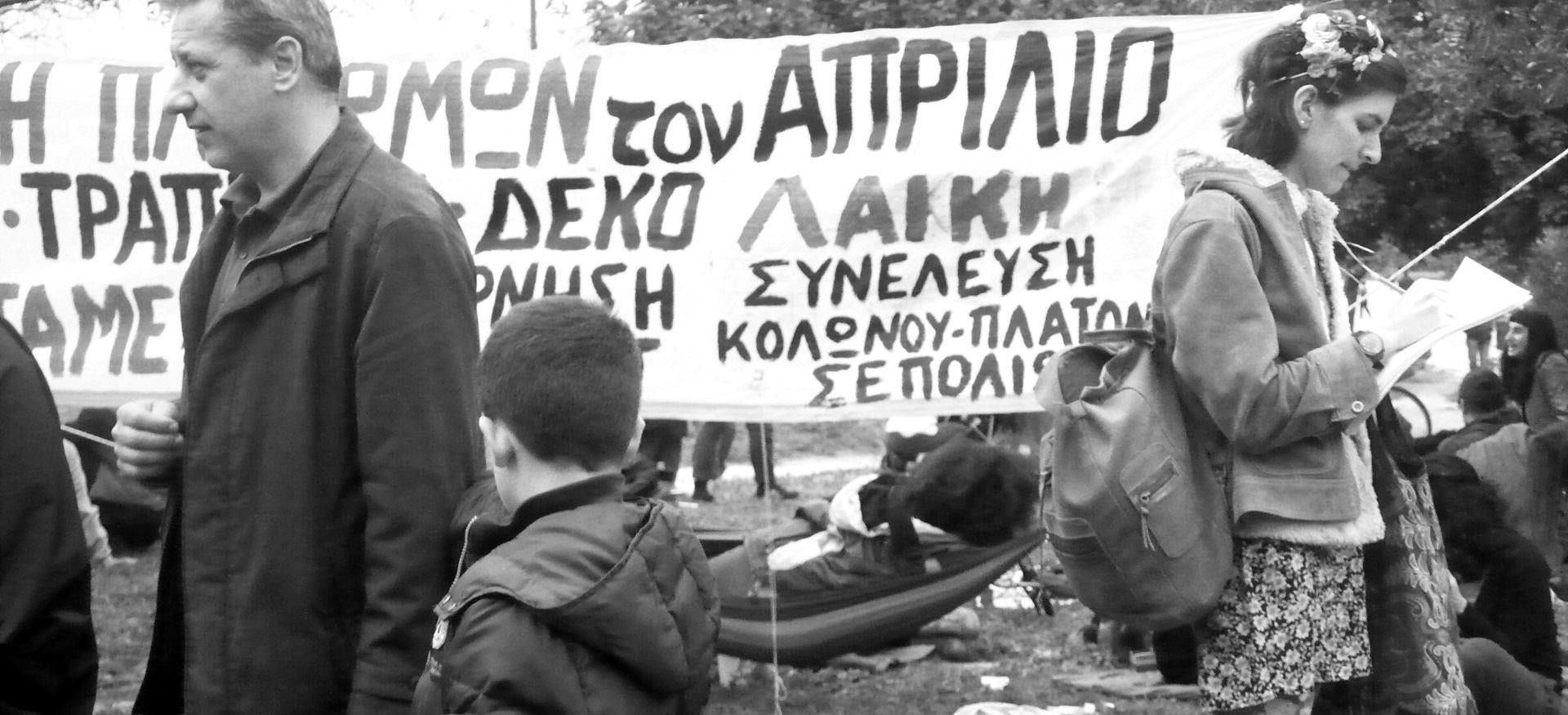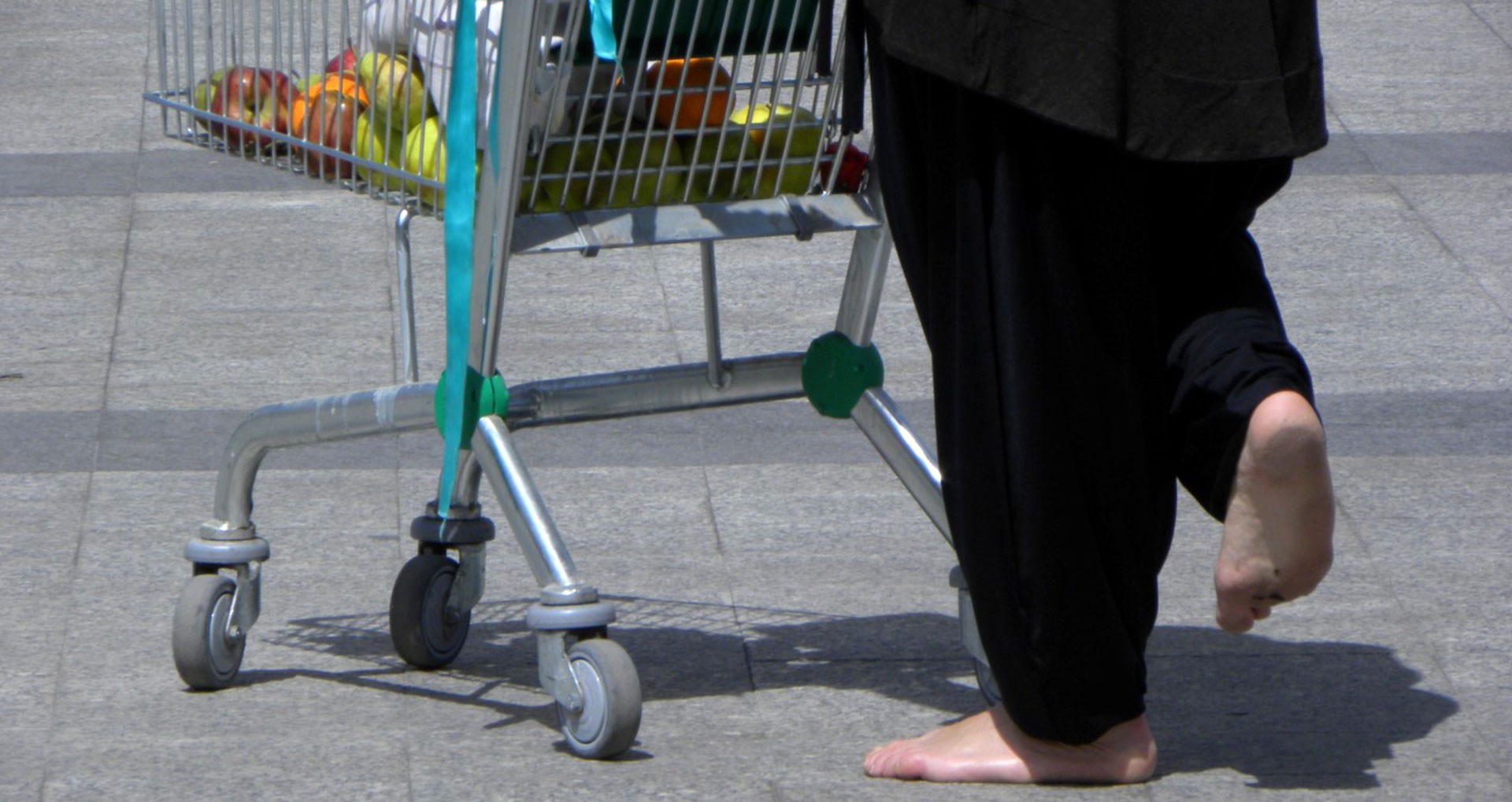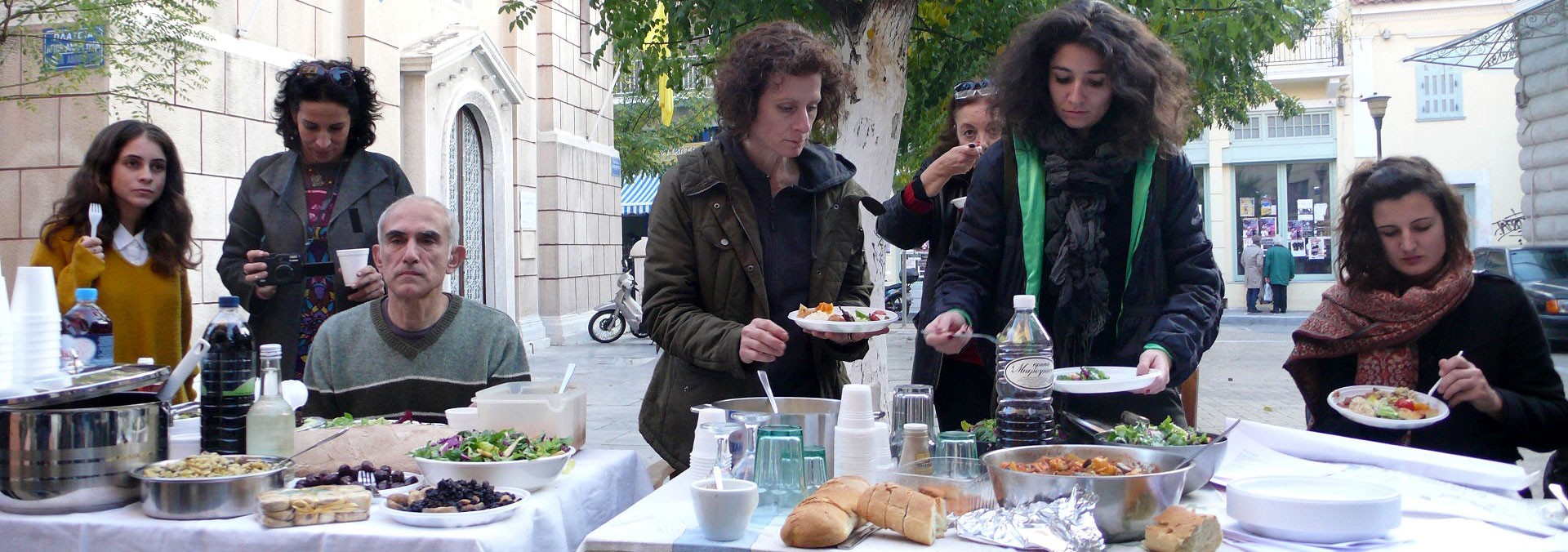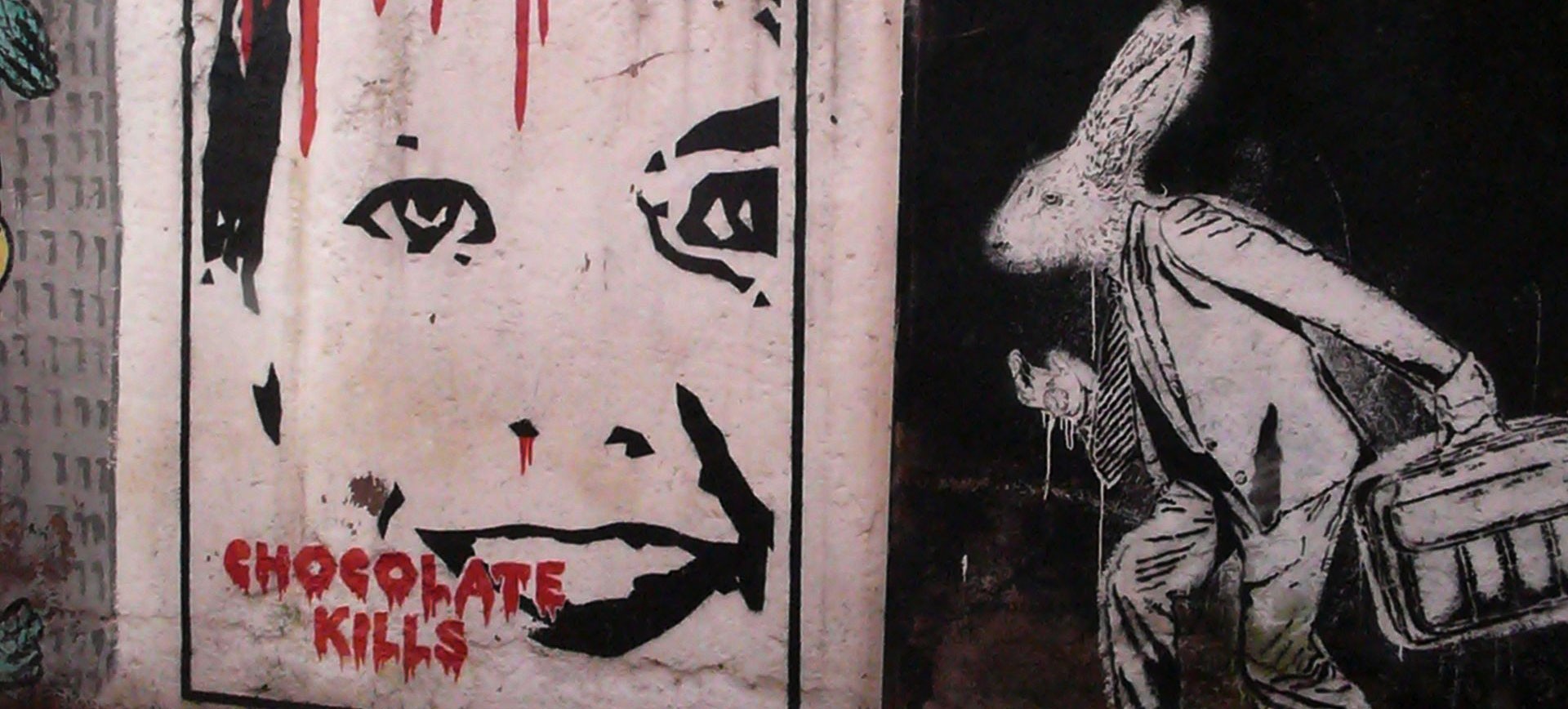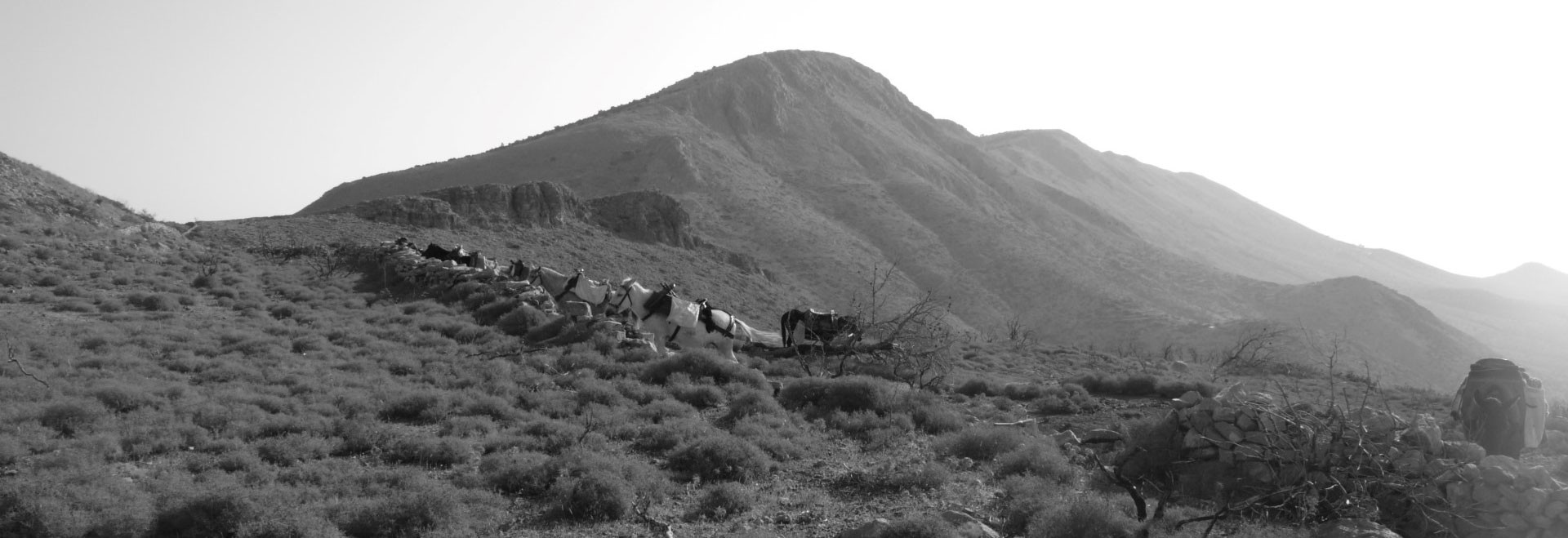“Woman Case”, a silent walking activity together with performances, is for the most part held along Iera Odos Avenue.
Eleni Tzirtzilaki, Urban Mythology
Curating: Bia Papadopoulou, Artemis Potamianou
Silent Walking Iera Odos-Leonidou-Filodimou
It is inspired by wild female nature; two goddesses –Demeter and Persephone; confinement in the Psychiatric Hospital (“Dromokaiteio”, which is located at 343 Iera Odos Ave.); a personal story; as well as women’s precarious-vulnerable position in general.
It derives from women suffering from mental problems, usually as a result of patriarchy and women’s place in family and society.
Exploring different conditions of women through minor incidents, poetry, movement, sound, pictures (archived material, painting) is my theme. Continue reading



